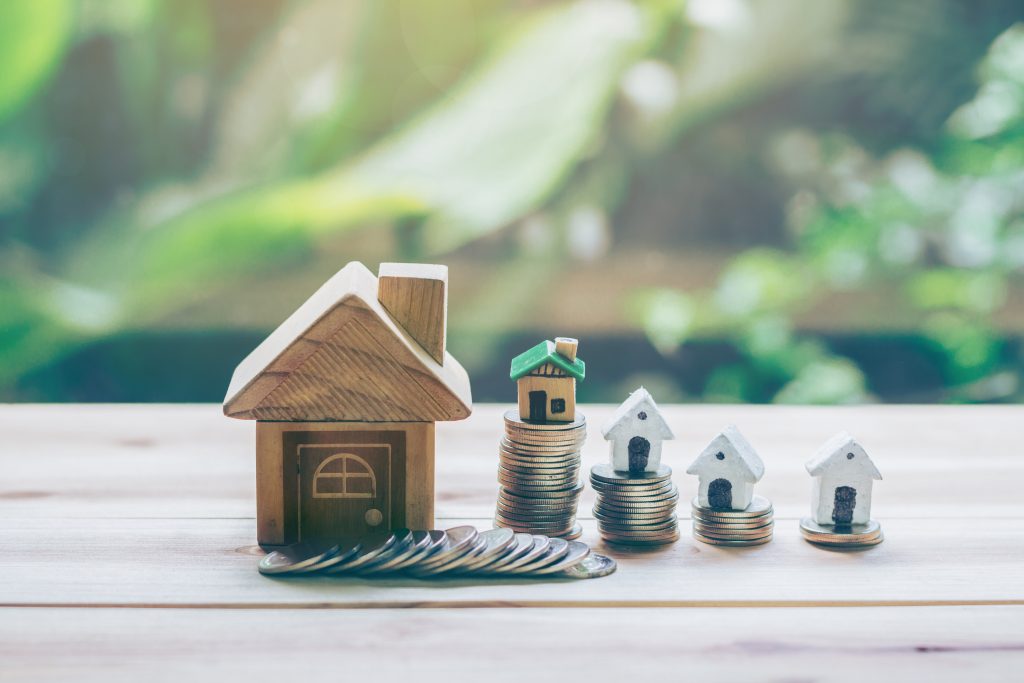How does negative gearing work?
Rarely a day goes by without an investor or member of the media mentioning negative gearing. But what does it mean exactly?
Gearing simply means borrowing money to buy an asset. And the reason you hear so much about it is because the government’s gearing policies have a big impact on how attractive the property market looks to investors, which, in turn, has a big impact on everything from the amount of housing available to the average weekly rent.
Here’s what you need to know about the three types of gearing: negative, neutral and positive.
What is negative gearing?
Negative gearing is when you borrow money to invest into an asset (usually a property) and the income you make from that investment, i.e. the rent, is less than your expenses, meaning that you’re making a loss.
People, of course, invest in properties to make money, and so making a loss is never ideal. But Australian law also allows investors to deduct any losses they make on an investment property from their taxable income, which makes it far easier for people to invest in the property market. This is the principal benefit of negative gearing – and one that often leads to an increase in rental housing supply.
A lot of investors who buy properties to rent out to tenants don’t expect to make money on the rent. Instead, they buy properties with the intention of cashing in on a property’s long-term capital growth. Which is to say, they buy a property in the hope that its value will eventually increase to a point whereby a healthy profit can be made from its sale.
And so, the aim of the game for many investors is to limit their losses until the time comes for them to sell – and negative gearing is a good way to do that.
Essentially, negative gearing works if the money an investor makes from a property’s capital growth is greater than the loss they make from the rental shortfall.

What is neutral gearing?
Neutral gearing is when you borrow money to invest into an asset and the income you make from that investment, i.e. the rent, is equal to your expenses.
This means that you are breaking even on your investment and cannot deduct any losses from your taxable income.
What is positive gearing?
Positive gearing is when you borrow money to invest into an asset and the income you make from that investment, i.e. the rent, is more than your expenses.
This means that you are earning a consistent income from your investment property, and will also make a capital gain from the sale of the property if house values increase during your ownership.
Of course, as you’re earning income from your property, you won’t be able to make any deductions from your taxable income and the income from your investment property will be subject to income tax at your marginal tax rate.
However, you could use your surplus income to reduce the size of your loan.
Ultimately, positive gearing is the best option for investors, but high competition among landlords means that it’s not always possible to increase rents to a level that allows them to earn a constant income on their investment.
Case study
An investor buys a property for $450,000 and takes out a $410,000 loan at an interest rate of 5%. The annual interest payable on the loan is $20,500.
The investor charges $390 per week in rent, which adds up to an annual rental income of $20,280 per annum less management fees of 8% showing an income of $18,658 per annum.
Based on the above figures, the investor is paying $20,500 in interest but only earning $18,658 in net rent, which means they have a rental a shortfall of $1,842 per year.
The investors accountant will offset this loss against the investors annual income and deduct this amount from the investors PAYG tax, therefore being no worse of financially. In essence, the tax man is paying your shortfall as an offset.
The importance of capital growth
A year later, the property’s value goes up by 10%. The property is now worth say $495,000.
And so, at the end of this year, the investor has paid out no additional money as the shortfall is equal to the tax saving but has seen their property’s value increase by $45,000. This means that, even though the investor paid more on interest than they received in rent, they are theoretically $45,000 richer than they were the 12 months earlier, as the total value of their assets has increased.
In short, negative gearing will make you money if the property’s long-term capital growth is greater than the loss you make in rental shortfall.
What you need for negative gearing to work
By allowing prospective investors to deduct any losses they make on their investment property from their taxable income, negative gearing makes it possible for a much larger proportion of the population to buy an investment property, much sooner than they would be able to if they had to rely solely on positive gearing. And this can help to reduce rental prices, by increasing the amount of rental housing available on the market.
However, for negative gearing to work, investors need a reliable cash flow to cover pre-tax borrowing costs and to earn enough income to meet their loan repayments. And they also need to be in a position to hold onto the property for long enough for its value to increase to a point whereby the profit made on its sale is greater than the rental shortfall incurred during ownership.
Before deciding on which gearing strategy works best for you, we’d recommend speaking to a financial advisor, so that you better understand the potential pitfalls and rewards.
